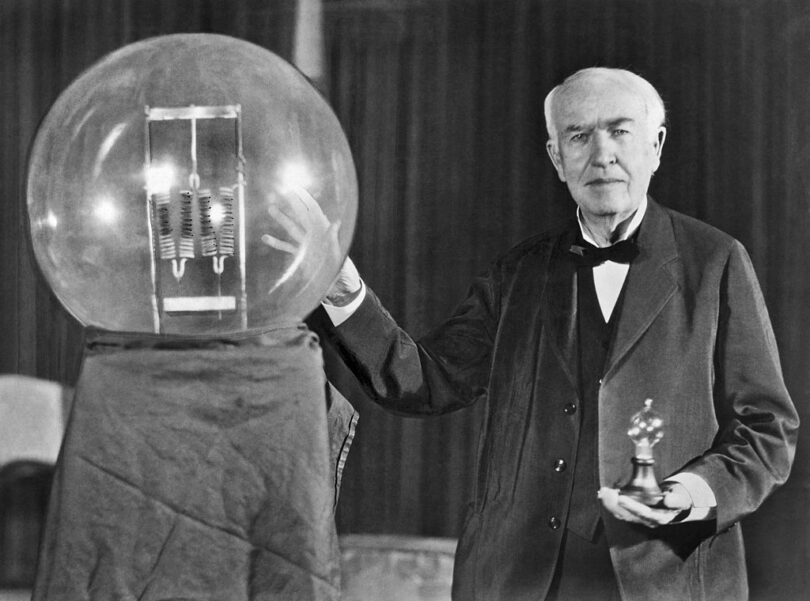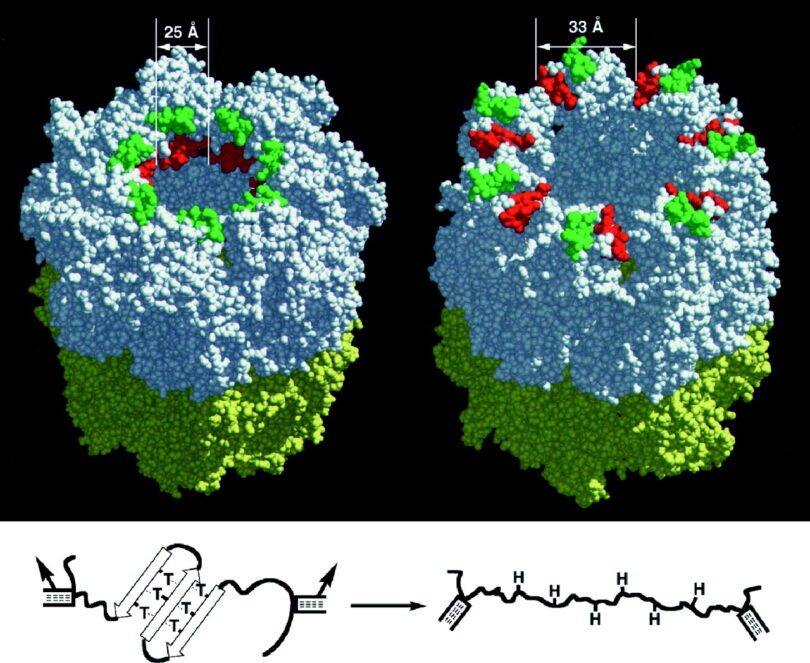“The less sleep or Edison mutation”

The Good: The gene thought to regulate sleep duration has the proclaimed benefit of requiring fewer hours of sleep for those with this genetic mutation. Popularizers of this beneficial mutation claim that sleeping 7 to 8 hours per night (such as the average) is a disadvantage compared to requiring fewer hours of sleep. The mutation allows (or more accurately causes) its carriers to function “normally” on only 4-5 hours of sleep per night. Some say perhaps Thomas Edison had this same mutation.-1
The reality: It is subjective to conclude that less sleep is better or regular. This mutation is known to directly cause the deletion of orexin neurons (receptor genes), resulting in narcolepsy. Also, it causes orexin signaling that negatively affects maintaining arousal (wakefulness) and sleep consolidation (quality sleep). Furthermore, administering orexin neurons experimentally increased arousal and decreased sleep duration. “Therefore, our findings provide insight into how orexin expression, which is involved in many biological functions, is regulated at a molecular level. We previously reported that the human DEC2 mutation contributes to short sleep duration in humans. Research also found decreased sleep durations in other animals, including flies and mice.-1. Regardless, “…the detailed mechanism of this sleep phenotype has remained elusive.” Clock genes, such as this mutation, are involved with tumor progression, playing an “important role in circadian rhythm, cell proliferation, apoptosis, hypoxia response, various stresses, and epithelial-to-mesenchymal transition (EMT) of tumor cells” -2. Therefore a mutation likely will manifest negatively within these areas as well. This negative feedback system is essential in 24-hour rhythmic regulation for circadian rhythm. The disturbance of circadian rhythm may induce metabolic syndrome, diabetes, Alzheimer’s disease, depression, sleep disorder, or cancer. Less sleep or nighttime work may increase cancer risk due to melatonin suppression. Mutations in the DEC2 gene are involved in the human short sleep phenotype and the regularization of sleep duration in mammals. Fewer hours of sleep are directly associated with excessive daytime sleeplessness, especially in children. Excessive sleepiness is associated with a 60% higher incidence of cancer and an 80% increased risk to children with neoplasm in the central nervous system. Sleep disorders account for 40% of the entire children with cancer! Also, the mutation is associated with the expression of DEC1, which is associated with human oral, breast, and pancreatic cancer cells.-2
All living beings from bacteria to human have circadian rhythm, which is dominantly regulated by clock genes (DEC2). The molecular mechanism of circadian rhythm depends on negative feed-back system by clock genes.”-2
(Mutated) Clock genes, major regulators of circadian rhythm, are involved in tumor progression…cell proliferation, apoptosis, hypoxia response, various stresses, and…tumor cells.“-2
Effects derived by heredity
Summary: The premise that less sleep is a benefit is very subjective. The quality of sleep and resulting wakefulness are more objectively positive attributes of sleep. First, any associated advantage from this mutation is not clear to researchers, concluding that any good benefits behind this proclaimed good mutation “remain elusive.” Perhaps the most critical role of quality sleep is found by maintaining good circadian rhythms. Good circadian rhythms are directly associated with good health and reduced disease. Also, the mutation is associated with many vastly harmful side effects, including narcolepsy, poor sleep quality, diabetes, Alzheimer’s Disease, depression, sleep disorders, and even increased risk of developing cancers, including breast and pancreatic. Children with this mutation have an 80% increased risk of developing central nervous system cancer, while any sleeping disorder in children increases cancer risks by 40%.
Mutations, such as “The Edison less sleep mutation,” are known to be derived today by normal reproduction or heredity. These traits have nothing to do with any mutation– except one presumed to have happened in the ancient past. The presupposition is that these effects manifested long ago by beneficial mutations. This conclusion simply cannot be substantiated based on fossil evidence lacking fully mappable DNA sequences but rarely has random fragments. In other words, there are no “pre-mutational” sequences to verify the claim; they do not exist besides as assumptions.
“Low quantity, degraded and fragmented DNA, and contamination are the four issues that we have with ancient DNA,” says Bastien Llamas, an ancient DNA expert at the Australian Centre for Ancient DNA at the University of Adelaide.
“Can we really extract ancient DNA from dinosaurs?” Deborah Devis, Oct, 2021 Bold is mine.-3
Therefore, such conclusions are not empirically established but are merely assumptions made upon the existing genetic material today. Presuming that modern sequences “must” have evolved is a logical fallacy of question-begging. The conclusion and the effect are the same– the effect is proven by the cause and the cause by the effect (circular logic). These observable “good” traits are merely speculation of presumed mutations of the ancient past, and no evidence can directly substantiate the claim. The specific genetic region that affects these attributes is perhaps well known in the present, but the pre-mutational genetic sequences are only imaginary because fully mappable DNA molecules simply do not exist in fossils.
1- DEC2 modulates orexin expression and regulates sleep
2- https://www.ncbi.nlm.nih.gov/pmc/articles/PMC4716847/
3- https://cosmosmagazine.com/history/palaeontology/can-we-really-extract-ancient-dna-from-dinosaurs/#:~:text=What%20is%20ancient%20DNA%3F,between%20decades%20to%20millennia%20old.


